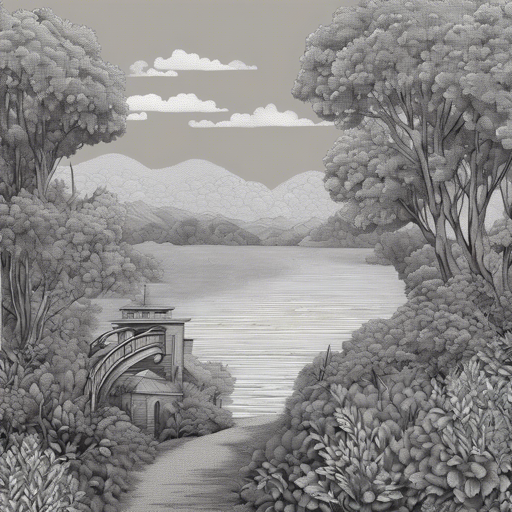Are you ready to unleash your creativity and dive into the world of pixel art and animation? With the Stipple Effect, a lightweight and user-friendly pixel art editor, you can create mesmerizing art assets for your video game projects. This guide will walk you through how to get started, troubleshoot common issues, and fully utilize the scripting capabilities of this innovative tool. Let’s get rolling!
Getting Started
Before we jump into the creative process, let’s make sure you have everything set up. Here’s how you can get started with Stipple Effect:
- Visit the Stipple Effect page on Itch.io and purchase or download it.
- Once downloaded, install the software and familiarize yourself with the interface.
- For those who prefer compiling from source for free, follow these instructions:
- Clone the repository from GitHub.
- Download and configure the external dependencies (Delta Time, Animation Encoder, ANTLR v4).
- Set up your project with Java 17 or later.
- Build and run the project.
Understanding the Features
Stipple Effect is loaded with features designed to help you create stunning visual artwork with ease. Let’s break down some of the core functionalities, likening them to gathering ingredients for a recipe:
- Symbiotic Relationship between Layers and Frames: Think of layers as different layers of flavor in your dish—each adds a unique element to your final creation.
- Two-color System: This feature functions like a complementary seasoning; combining primary and secondary colors can enhance the depth of your artwork.
- State Management: With granular undo and redo capabilities, this is like having the option to reverse a cooking mistake in your recipe—very handy and wise!
- Animation Playback: Onion skinning allows you to visualize your animation frames simultaneously, akin to a chef glancing at multiple layers of a cake as it bakes.
- Palettes: Importing and exporting color palettes is like having an organized spice rack; it allows you to easily access the precise colors needed for your artistic endeavors.
Leveraging Scripting for Customizations
The scripting API in Stipple Effect is your secret weapon! Think of it as a sous-chef that can automate tedious tasks in the kitchen. Here’s how you can use scripting:
- Read through the scripting overview to grasp the basics.
- Explore various example scripts available to see the possibilities.
- Install the VS Code extension for syntax highlighting to streamline your scripting experience.
Troubleshooting Common Issues
Even the best chefs encounter kitchen disasters; here’s how to troubleshoot common issues you might face while using Stipple Effect:
- Problem: The application won’t launch.
- Solution: Ensure you have the correct version of Java (Java 17 or higher) installed. Revisit your installation steps.
- Problem: Slow performance.
- Solution: Try closing other applications that consume memory or reducing the complexity of your current project.
- Problem: Issues with scripts not working.
- Solution: Double-check that you followed the documentation correctly, and ensure dependencies are correctly installed. For more insights, updates, or to collaborate on AI development projects, stay connected with fxis.ai.
Conclusion
At fxis.ai, we believe that such advancements are crucial for the future of AI, as they enable more comprehensive and effective solutions. Our team is continually exploring new methodologies to push the envelope in artificial intelligence, ensuring that our clients benefit from the latest technological innovations. Now, armed with your guide, create pixel-perfect animations and stunning artwork using the Stipple Effect! Happy creating!

